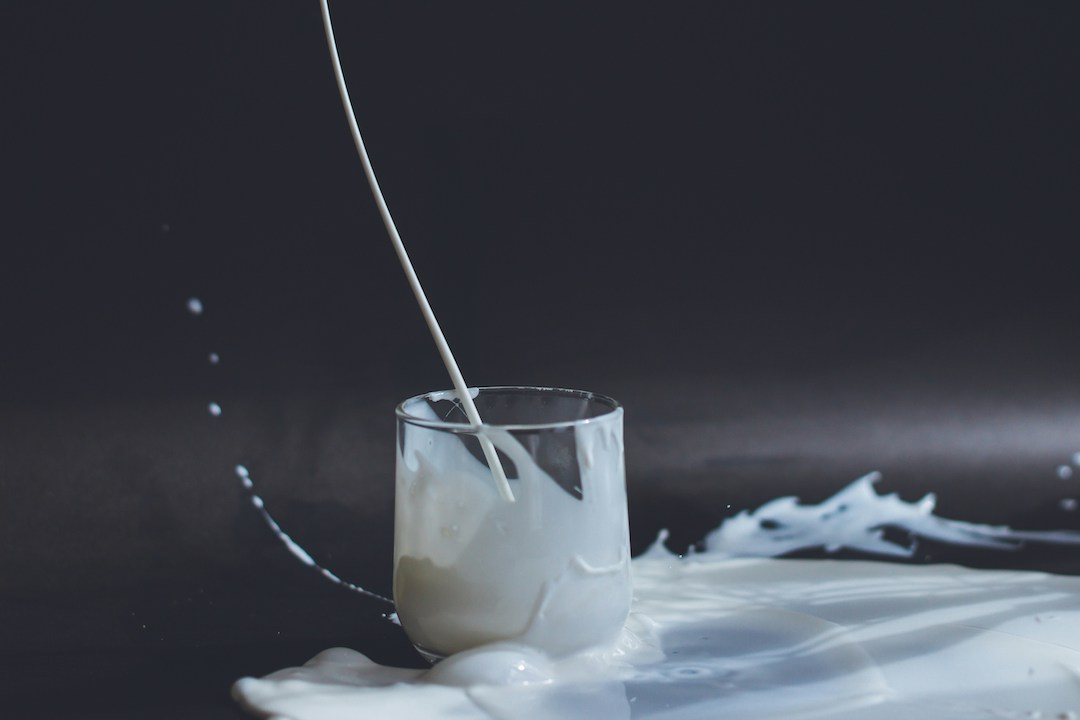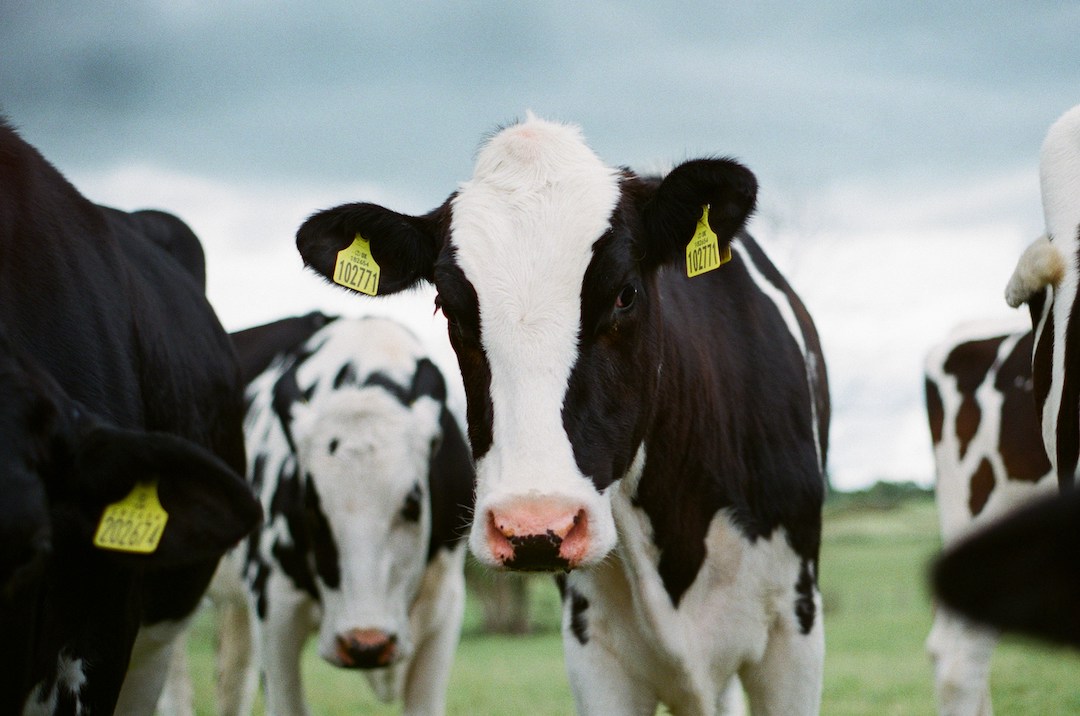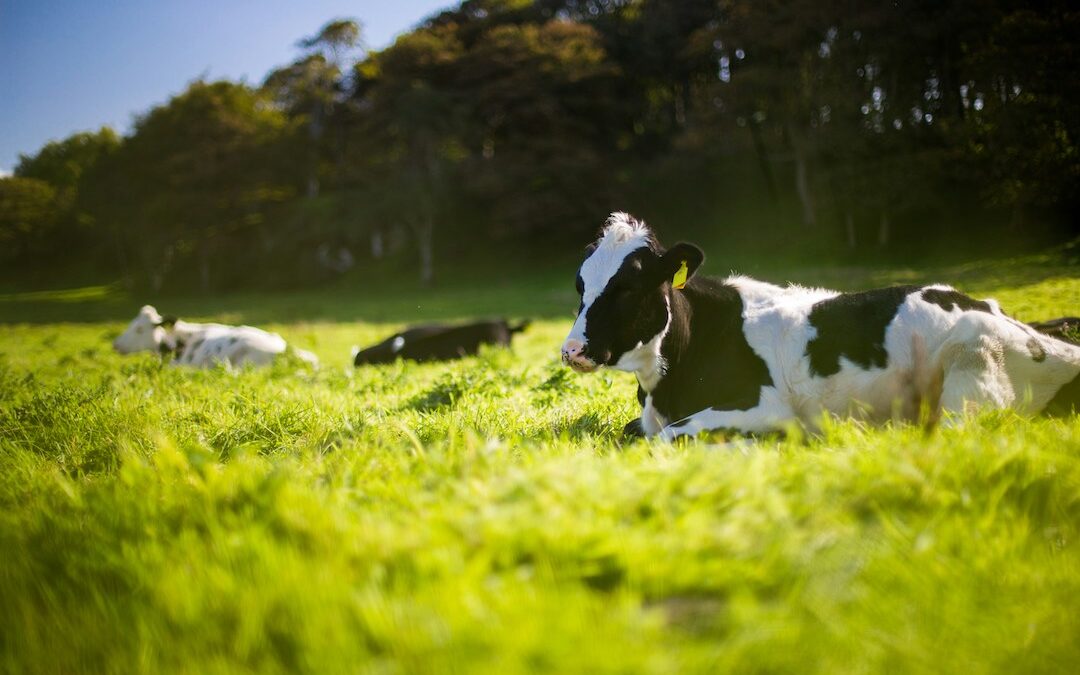More than halfway through the current dairy season, Australian milk production is experiencing remarkable growth, according to Rabobank.
The Q1 Global Dairy Quarterly report highlights a 2.5 per cent year-on-year increase in milk production, reaching 5.35 billion litres from July 2023 to January 2024. This surge is attributed to exceptional summer rainfall and excellent farmgate margins, leading to widespread growth across all dairying regions.
Senior dairy analyst at Rabobank, Michael Harvey, forecasts a promising year for Australian dairy farmers, with milk prices expected to remain high and cost-supportive into the new season. The abundance of homegrown feed and affordable purchased feed further bolsters the sector’s outlook, with projections indicating a 2.6 per cent increase in milk supply by the end of the 2023/24 season and a continued growth rate of three to four per cent into 2024/25.

Domestic Market Challenges and Opportunities
Despite the booming production, the domestic dairy market faces hurdles, primarily due to strained Australian household budgets affecting discretionary spending. However, Mr Harvey remains optimistic, anticipating an improvement in consumer financial health in 2024, driven by wage increases, tax cuts, and a potential normalisation of inflation and interest rates. Yet, he cautions about the impact of revised domestic economic growth and unemployment rates on consumer behaviour.
Dairy Exports Under Pressure
Australian dairy exports have encountered challenges in the first half of the season, with an 8.5 per cent decline in volumes. Key products like milk, whole milk powder, and butter oil have seen significant decreases. As milk supply increases, there is potential for a greater focus on manufacturing and possibly boosting exports. Mr Harvey notes that while export competitiveness remains, the narrowing gap between local and offshore farmgate milk prices due to rising prices in competitor regions could impact Australian dairy exports.

Global Dairy Market Dynamics
On a global scale, dairy prices have shown improvement amidst supply and demand challenges. The report outlines the sluggishness in global dairy demand and the struggles in milk supply growth, particularly in key exporting regions. Despite these challenges, Rabobank predicts a gradual shift in the market, with prices expected to rise as milk production faces ongoing difficulties while demand slowly recovers.
Looking ahead, the bank anticipates a return to profitability for dairy farmers worldwide, driven by lower feed costs and steady price increases among dairy commodities. However, factors such as geopolitical conflicts, shipping challenges, and political elections in key dairy regions could influence global dairy demand and prices, underscoring the sector’s vulnerability to external shocks.
The Australian dairy industry is poised for growth and resilience in 2024, buoyed by favourable production conditions and optimistic market forecasts. However, domestic and global challenges highlight the need for strategic planning and adaptability among farmers and industry stakeholders to navigate the complex dairy market landscape.
To discover why drinking milk is vital to the maintenance of the dairy industry, click here.

